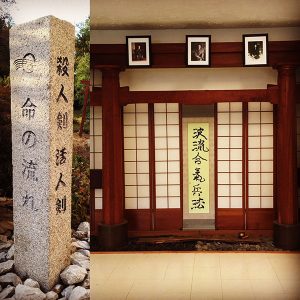The Root of the Martial Arts Tree
July 16, 2018When to Use Your Martial Arts
July 30, 2018

Many years ago Bruce Lee wrote that you should take what is useful and disregard the rest. People have taken that to menan that you should go from one art, or class, to another and another and so on, picking up a technique here and a form there. I have, from time to time met individuals who had a white belt in so many arts they thought they were a black belt…
If you haven’t spent the effort to train to an expert rank in at least one art, you likely do not have the background to really understand what is useful and what is not. No one art can encompass everything, however; if you have not achieved an advanced understanding of that art, how could you know? In Japanese arts there is the ‘omote’, or shown, part of a technique. This is usually the part where you do steps one, two, three, four and such as a short kata, or form. It may be solo or against a practice opponent. But this is only the ‘omote.’ The ‘ura,’ or hidden, part of the lesson is where your art shows how the principle operates. The technique, really, is only meant to open the opportunity to learn the principle, not a step by step pattern for fighting. So, if you are only picking up the techniques, you are missing the most important part. It is far easier to teach the techniques first and then show the student how the principles are applied. If they are gone, already, how will they ever know?
One can pick up a lot of very slick techniques going to seminars, but if you don’t develop a relationship with that art and that teacher, that is all you will ever have.
Often you will see a technique that looks similar to another, but one is relying on leverage, on strength, and/or on speed, while the true usage relies on none of these.
If you would like to look into this, come and join us at River of Life. We’d love to train with you!


